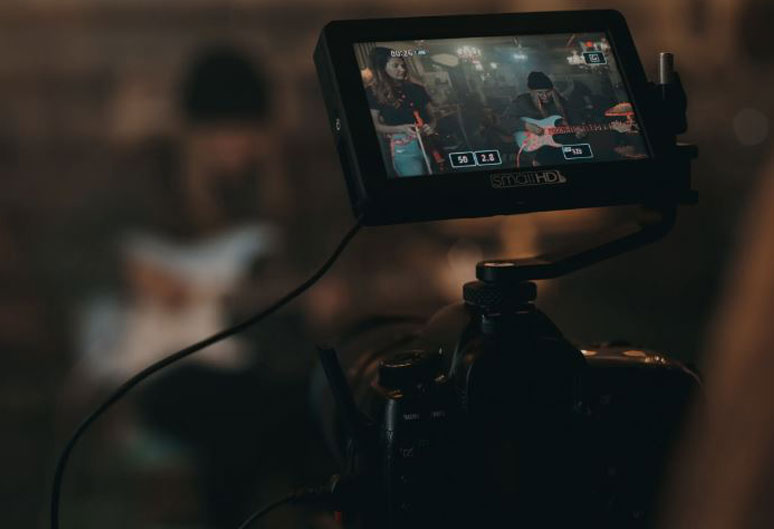It is increasingly expected for photographers to be able to offer their clients a complete package when it comes to visual content — not just stills, but video too. The good news is that if you’ve already got a pro DSLR, a tripod and a decent selection of lenses, you’ve already got a large part of what you need to start shooting video clips. The question is, however: what else do you need? Fear not — we’ve put together a quick guide to the kit you need to produce the kind of slick, professional video footage your clients want.
Pan head
We’re assuming you’ve already got a decent tripod in your arsenal, but you may not have a smooth pan head, and this is a must if you want to introduce movement to your shots and get away from constant statics. A fluid head will allow you to produce smooth panning movements to your videos and make them significantly more visually dynamic as a result. Many companies make dedicated video heads for this exact purpose — Manfrotto is a great place to start.
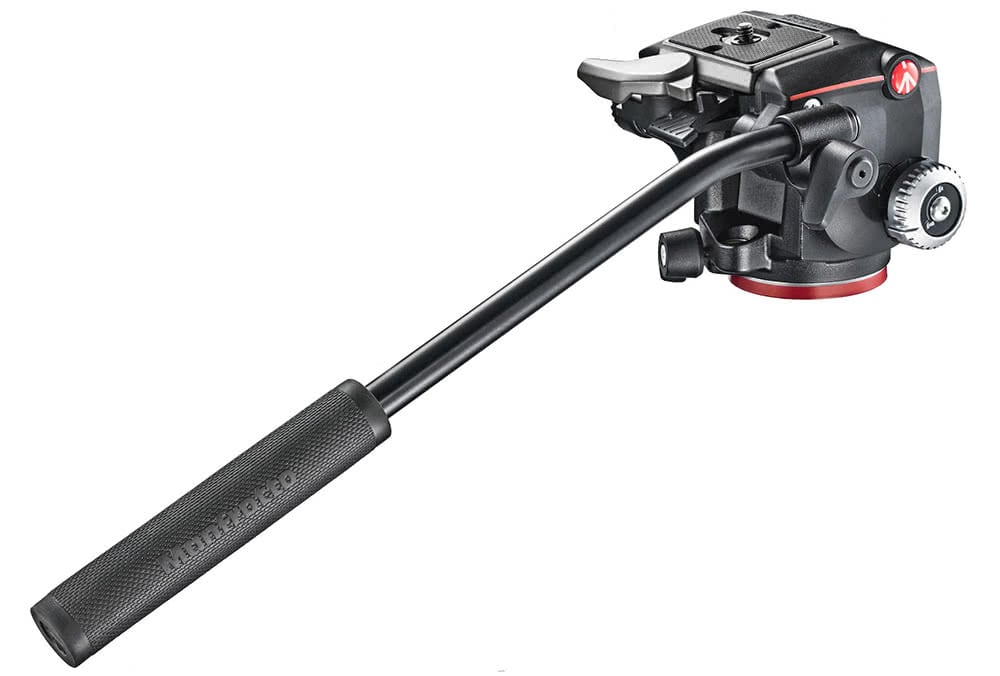
External microphones and monitoring headphones
Poor-quality audio is one of the two most glaring hallmarks of amateurish video (we’ll come onto the other one shortly). The built-in microphone on your DSLR is not going to cut it — you need to get hold of some professional audio-recording equipment. Precisely what you want to get does depend a little on what you’re planning to shoot — a hotshoe-mounting shotgun microphone is a good all-purpose tool for recording a scene in the moment, while clip-on lavalier mics are the best bet if you’re planning on shooting talking-head interview footage. The manufacturer Røde is a good bet for both types of microphone — its shotgun mics in particular offer useful extra features such as a safety channel designed to help you record in difficult environments.
The other essential part of ensuring you have good audio is being able to monitor it — if your DSLR has a headphone jack, then investing in a pair of good-quality headphones is a very good idea. Try Sennheiser.
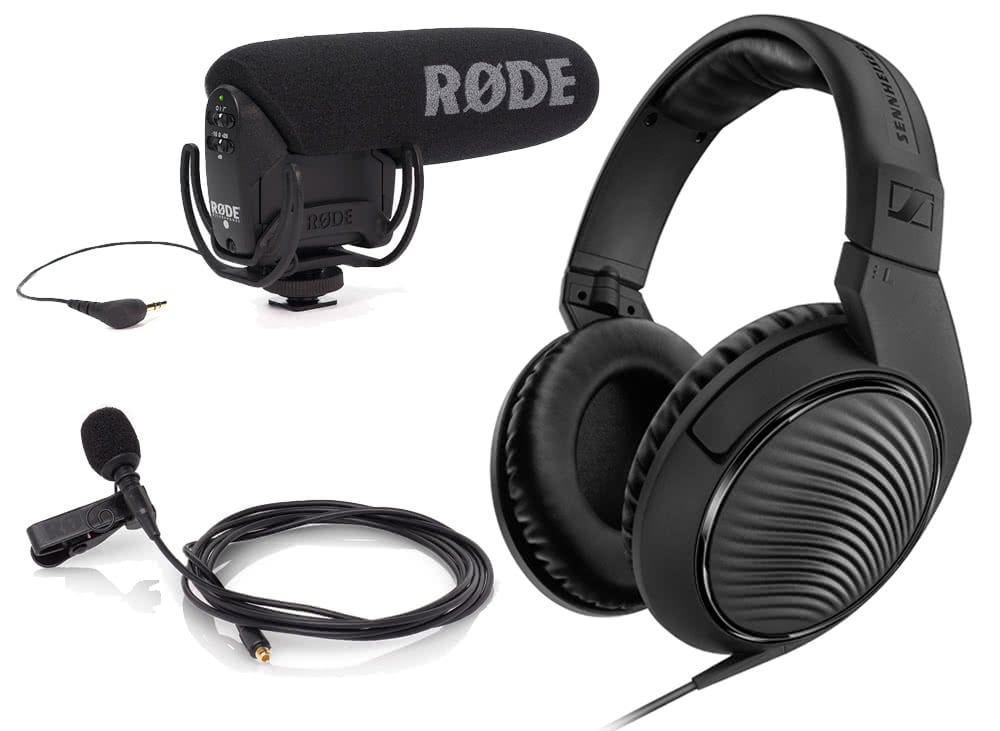
LED video light
Guess what the other hallmark of amateurish video is? You’re not always going to be able to rely on natural light to get the job done, and a simple portable fill light is a godsend in tough situations when the light isn’t playing ball. It’s worth looking into Rotolight’s LED lights — many of them also have high-speed sync capabilities, meaning they’ll also be useful for your stills work.
Note that if you’re using multiple different light sources, it’d be worth picking up a set of colour correcting gels to ensure that they all match.
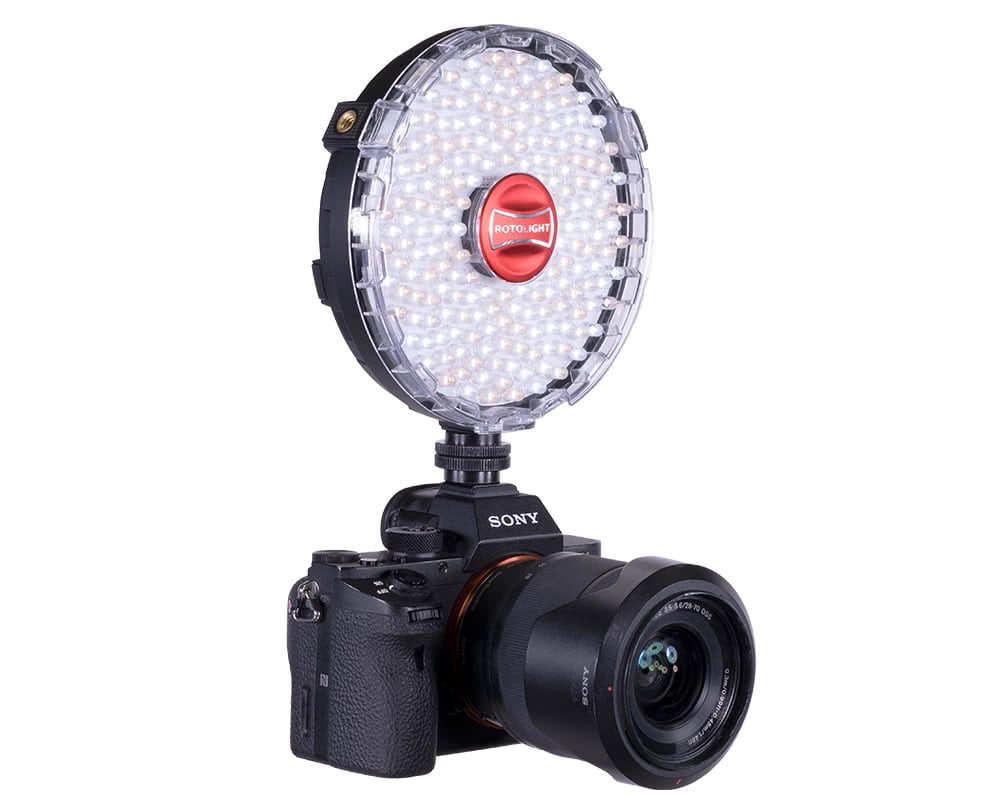
ND filter and polariser
If you’re an outdoor shooter you probably already have these. They’re just as useful for videography as they are for photography, and make a lightweight addition to your kit bag. Lee Filters, Hoya, B+W — all the usual suspects will sort you out just fine.
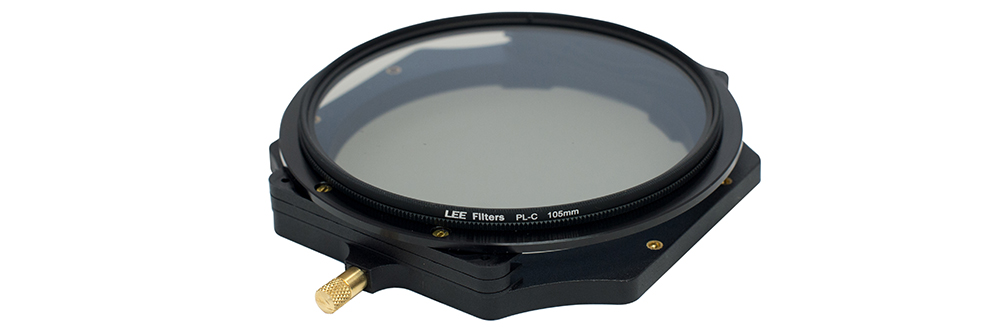
Fast, high-capacity memory cards
Video is memory-intensive. It uses a lot of it, and uses it quickly. Your camera’s SD card needs to be able to store lots of footage and provide the write-speed necessary to shoot it. The other benefit of a fast card is that it’ll also make uploading the footage to your computer faster once you’re done shooting, which is a nice way of making the edit less laborious. Lexar or SanDisk are good bets, and the more gigabytes the better.
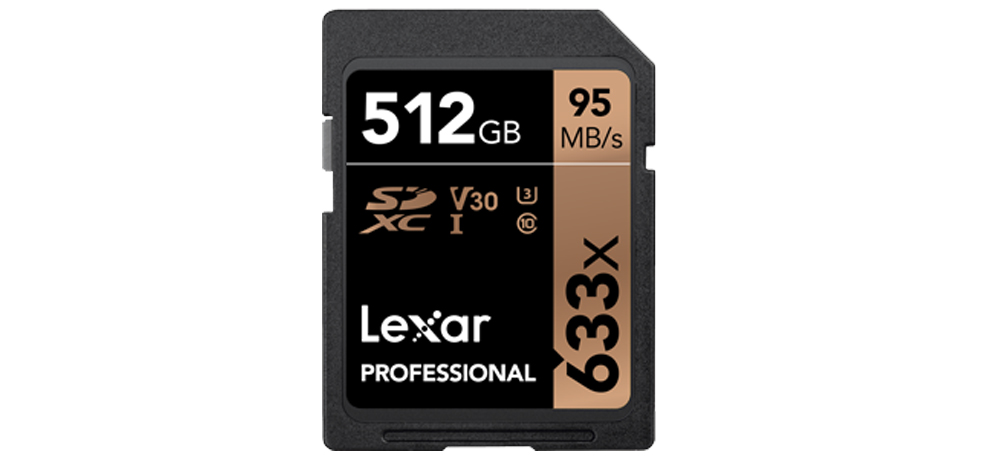
Battery grip (and/or spare batteries)
Running out of battery mid-shoot is just as embarrassing for the videographer as it is for the photographer, and thanks to the power demands of video, it’s also significantly more likely. If your DSLR can take a battery grip then it’s well worth picking one up to boost your power capacity, and either way a good selection of spare batteries and a portable charger are all must-haves.

Handheld gimbal
For handheld footage without the wobbles, a stabilising gimbal is a useful and compact tool. With the best ones, you can practically run with your camera without compromising the smoothness of the footage — great if you’re shooting unpredictable action and need to run-and-gun. More advanced stability aids are also available, however a handheld gimbal is the ideal starting point for the DSLR shooter. Something like the DJI Ronin S is a good starting point.
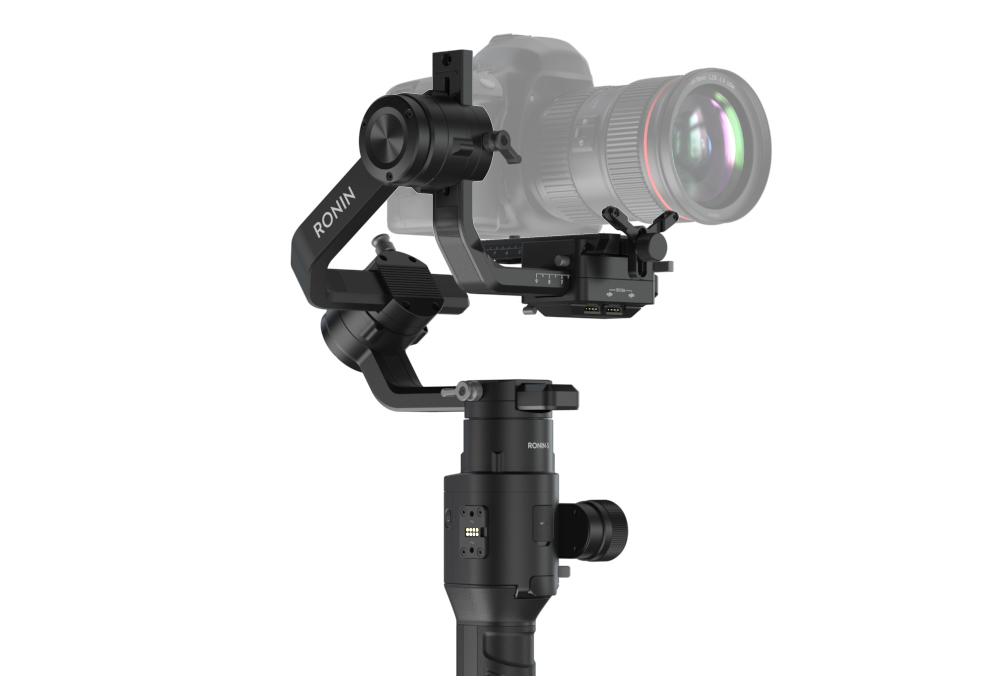
These are the basics you need to get started, but there are plenty more accessories you can use to take your video work further once you’re confident. We’ll cover those in a future blog — in the meantime, good luck!

